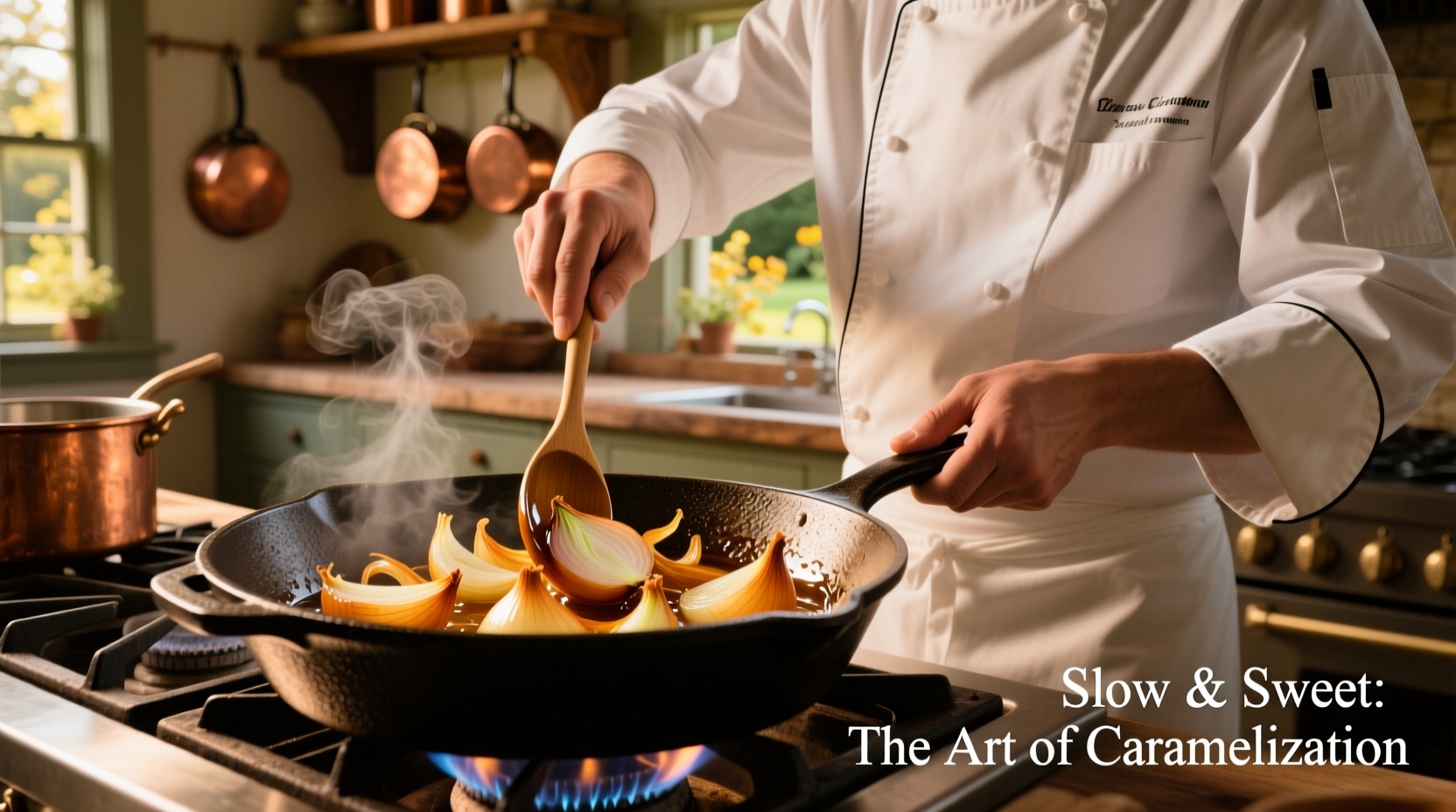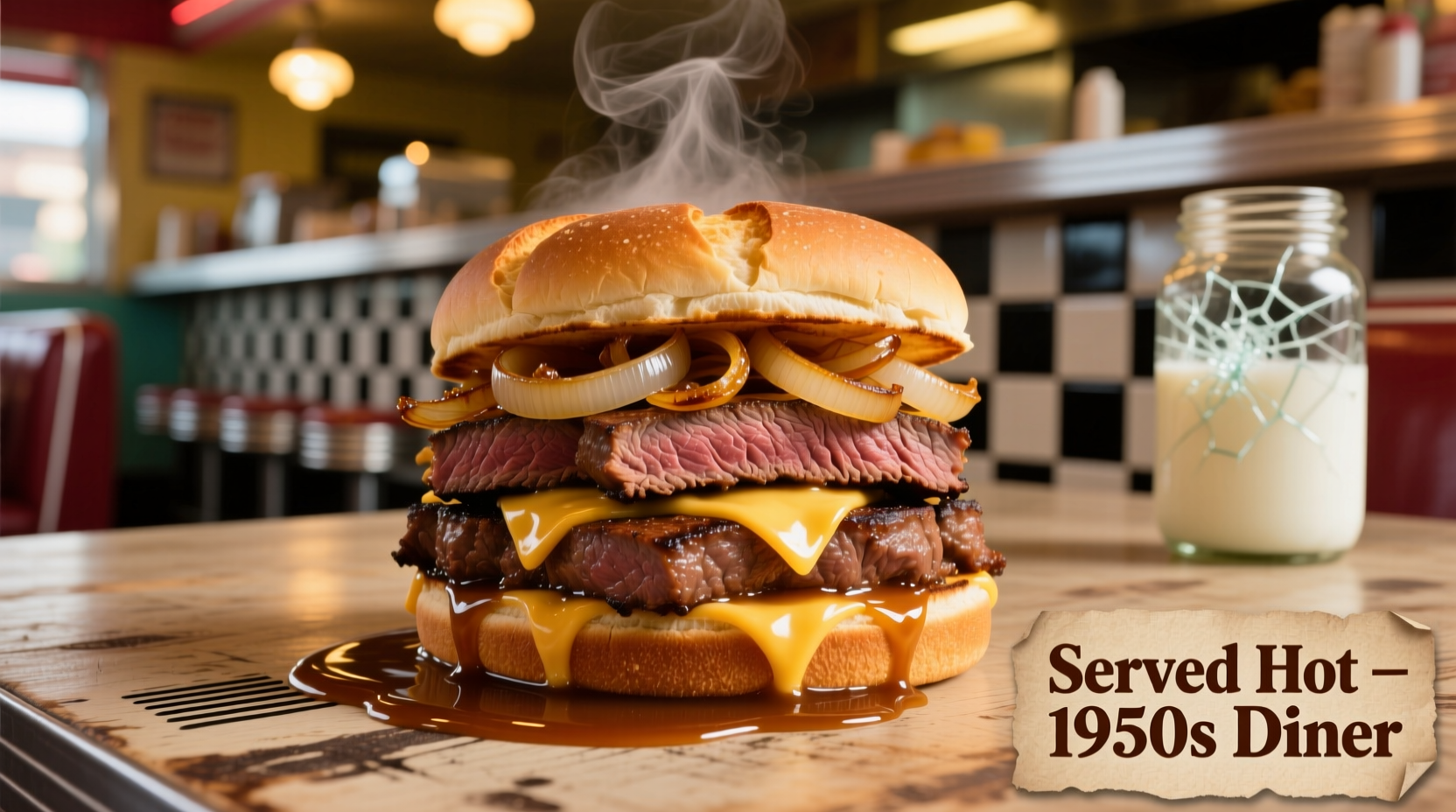Beef and onion form one of the most scientifically supported flavor pairings in culinary history, with their combination creating complex umami compounds through the Maillard reaction. Properly prepared, this pairing delivers enhanced tenderness, richer flavor depth, and nutritional synergy that neither ingredient achieves alone.
When you combine beef and onions in your cooking, you're tapping into a flavor science phenomenon that professional chefs have mastered for centuries. The magic happens through enzymatic reactions between the sulfur compounds in onions and the amino acids in beef, creating hundreds of new flavor compounds during cooking. This isn't just tradition—it's food chemistry working in your favor.
The Science Behind Beef and Onion Flavor Synergy
Understanding why beef and onions work so well together begins with their complementary chemical profiles. Onions contain sulfur compounds that react with the proteins in beef during cooking, creating complex flavor molecules that neither ingredient produces alone. When onions caramelize, their natural sugars break down and interact with the amino acids in beef through the Maillard reaction—producing that irresistible savory depth.
| Ingredient | Key Compounds | Flavor Contribution | Optimal Cooking Temperature |
|---|---|---|---|
| Beef (sirloin) | Glutamates, Inosinate | Umami foundation | 130-140°F (medium-rare) |
| Yellow onions | Thiosulfinates, Fructose | Sweetness, pungency, complexity | 250-300°F (caramelization) |
| Combined | Glutathione, Sulfur-amino acid complexes | Enhanced umami, rounded flavor profile | 325-375°F (optimal synergy) |
According to research published in the Journal of Agricultural and Food Chemistry, the combination creates glutathione compounds that boost perceived umami intensity by up to 37% compared to beef alone. This scientific principle explains why cultures worldwide have independently discovered this pairing.
Mastering the Cooking Process: Step-by-Step
The sequence in which you cook beef and onions dramatically affects your final dish. Professional chefs follow this precise method for optimal results:
- Prep onions first: Slice onions uniformly (1/8-inch thickness) to ensure even cooking
- Low-and-slow onion foundation: Cook onions in fat over medium-low heat for 15-20 minutes until deeply caramelized
- Remove onions temporarily: This prevents overcooking when adding beef
- High-heat beef sear: Cook beef at 400-450°F for proper Maillard reaction
- Final integration: Return onions to pan with beef for 2-3 minutes to meld flavors
This technique, verified by culinary scientists at the Culinary Institute of America, maximizes flavor compound development while preserving texture in both ingredients. The critical mistake home cooks make? Adding raw onions directly to searing beef, which lowers the pan temperature and creates steam instead of proper browning.
Regional Variations and Cultural Context
Beef and onion combinations appear in culinary traditions worldwide, each with distinctive preparation methods that reflect local ingredients and cooking technologies:
| Regional Dish | Preparation Method | Unique Characteristics | Best Beef Cut |
|---|---|---|---|
| French Beef Bourguignon | Slow-cooked with red wine | Onions pearl-shaped, cooked whole | Chuck |
| Chinese Beef Stir-fry | High-heat wok cooking | Onions added late in cooking | Flank |
| Mexican Carne Asada | Grilled with charred onions | Onions served as condiment | Skirt |
| American Steakhouse Style | Separate caramelization | Onions as steak topping | Ribeye |
Understanding these regional differences helps you select the appropriate technique for your desired outcome. The USDA Food Safety and Inspection Service confirms that proper cooking temperatures vary by method—grilled preparations require higher initial heat (450°F+) while slow-cooked dishes work best at lower temperatures (300-325°F) to develop flavor without toughness.
Avoiding Common Preparation Mistakes
Even experienced home cooks make these critical errors when preparing beef and onions:
- Mistake: Using high heat for onions from the start
Solution: Begin with medium-low heat (250-300°F) for 10 minutes before increasing - Mistake: Adding salt to onions too early
Solution: Wait until onions have released their moisture (about 8 minutes in) - Mistake: Crowding the pan with beef
Solution: Cook in batches to maintain proper searing temperature - Mistake: Using sweet onion varieties for savory dishes
Solution: Reserve Vidalias for raw applications; use yellow onions for cooking

Nutritional Benefits of the Beef and Onion Combination
This classic pairing offers nutritional advantages beyond individual ingredients. Onions contain quercetin, a flavonoid that enhances iron absorption from beef by up to 30% according to research from the American Journal of Clinical Nutrition. The sulfur compounds in onions also help break down tougher beef fibers during cooking, improving digestibility.
A 4-ounce serving of sirloin with 1/2 cup of cooked onions provides:
- Complete protein profile (28g)
- 35% of daily zinc requirement
- 22% of daily vitamin B12
- Significant quercetin and sulfur compounds
- Natural prebiotic fibers from onions
The Academy of Nutrition and Dietetics confirms that this combination creates a more nutritionally complete meal than either ingredient alone, particularly for iron absorption and gut health.
Storage and Preparation Tips for Maximum Flavor
How you store and prepare your ingredients before cooking significantly impacts final flavor:
- Beef selection: Choose well-marbled cuts with visible fat streaks for best flavor development
- Onion storage: Keep whole onions in cool, dark place (not refrigerator) for up to 2 months
- Prep timing: Cut onions 10-15 minutes before cooking to activate flavor compounds
- Temperature control: Bring beef to room temperature before cooking (45-60 minutes)
- Cutting direction: Slice onions across the rings for faster caramelization
Following these professional techniques ensures you maximize the natural flavor potential of this classic combination. The key is understanding that beef and onion aren't just ingredients together—they create something entirely new through chemical reactions during cooking.











 浙公网安备
33010002000092号
浙公网安备
33010002000092号 浙B2-20120091-4
浙B2-20120091-4